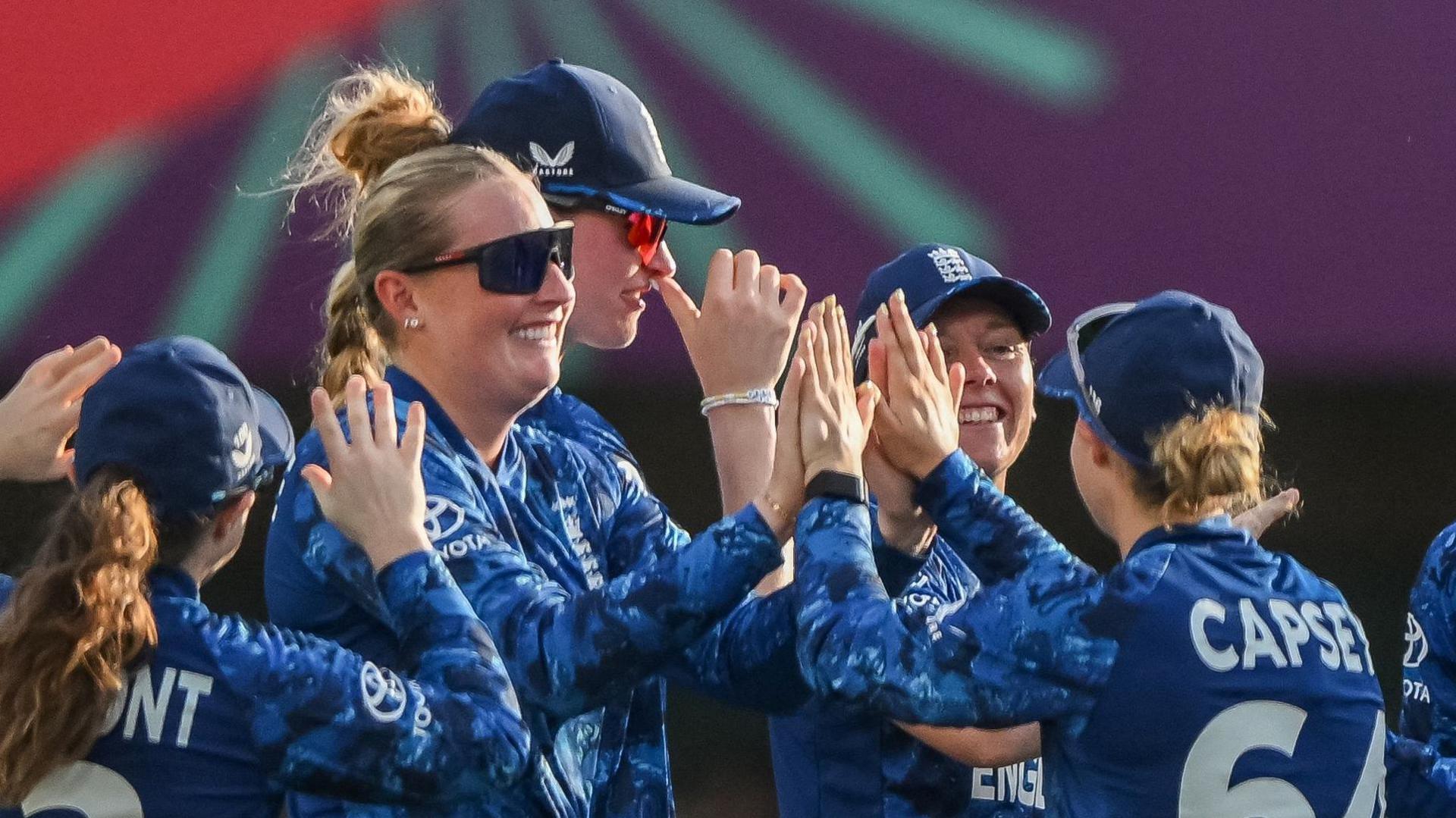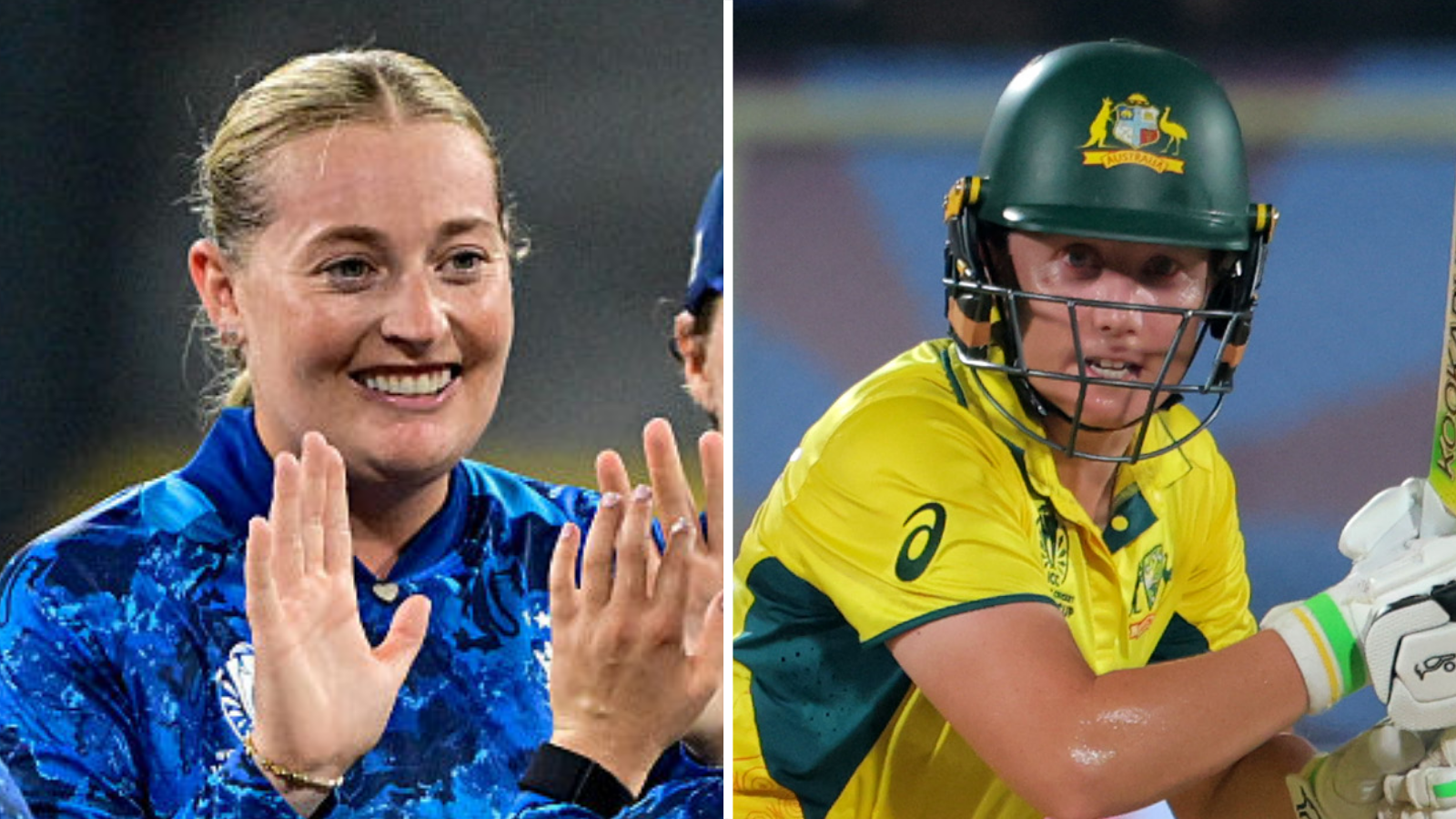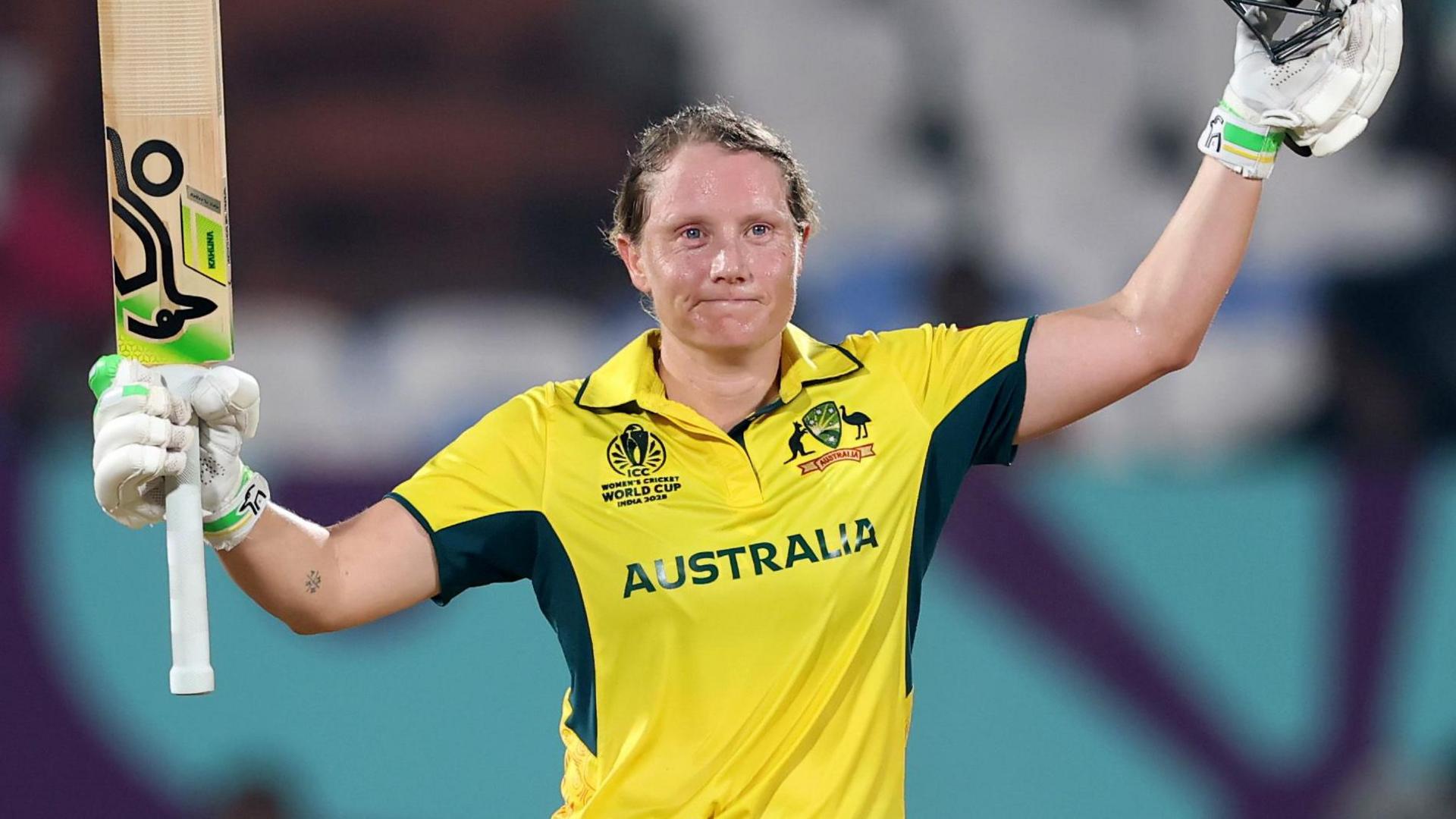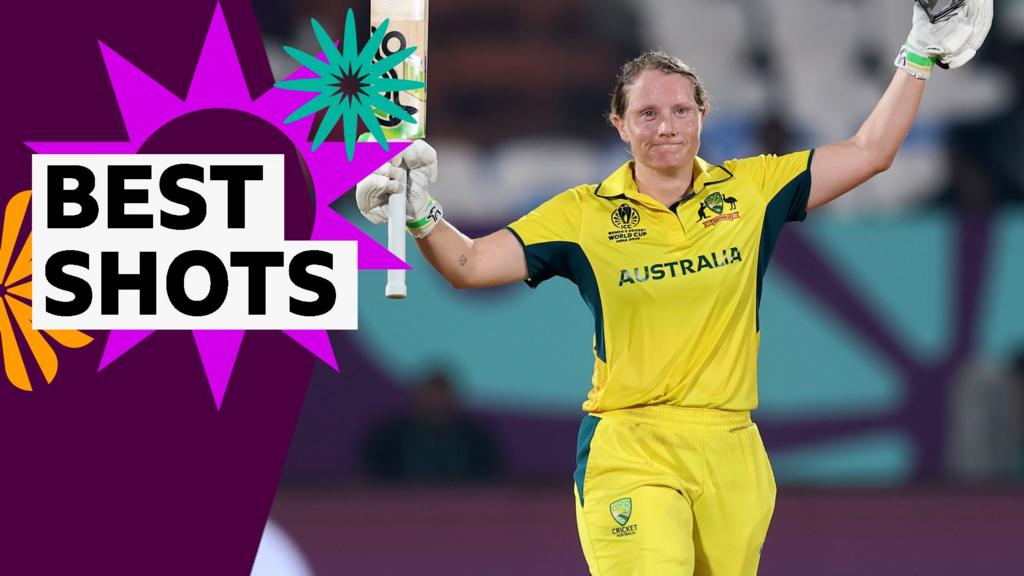-
1 hour ago
The Duckworth-Lewis-Stern method is a mathematical formulation used in cricket to determine target scores in situations where limited-overs matches are shortened.
First introduced in 1997, DLS is used when games lose time because of weather, but still have sufficient enough time for a match of some description to still go ahead.
The aim of DLS is to attempt to set a statistically fair target for the team batting second, based on how the game had been going prior to time being lost. There is more nuance to it than just using a team’s run-rate to determine a team’s required target.
When calculating a DLS target, multiple factors are taken into account, such as how many wickets a team has lost, the number of runs scored, how many overs had been bowled and how many overs are remaining.
Based on those factors, a team’s resource percentage of their ability to score runs in that situation is calculated.
Resource percentages will lead to a target score being either increased or decreased to create what is determined to be as fair a target score as possible.
As stated by the International Cricket Council (ICC) in its DLS methodology, it says: “To calculate the revised targets, you need to know the resources available at the stage of the match when suspensions and resumption of play occur.
“All possible values of resources have been pre-calculated.”
The use of DLS is standardised across international and domestic limited-overs cricket, and is used across a wide range of competitions.
To give an example, imagine a match is a 50-over game and team one have batted for 20 overs before play was interrupted, scoring 79-3.
Following a suspension, the match is shorted to a 40-over match and the team batting first is bowled out for 180.
In this set of circumstances, the team batting second is deemed to have more favourable chances of posting a better score, and is set a target of 185.
Get in touch
Send us your questions
Why is it called Duckworth-Lewis-Stern?
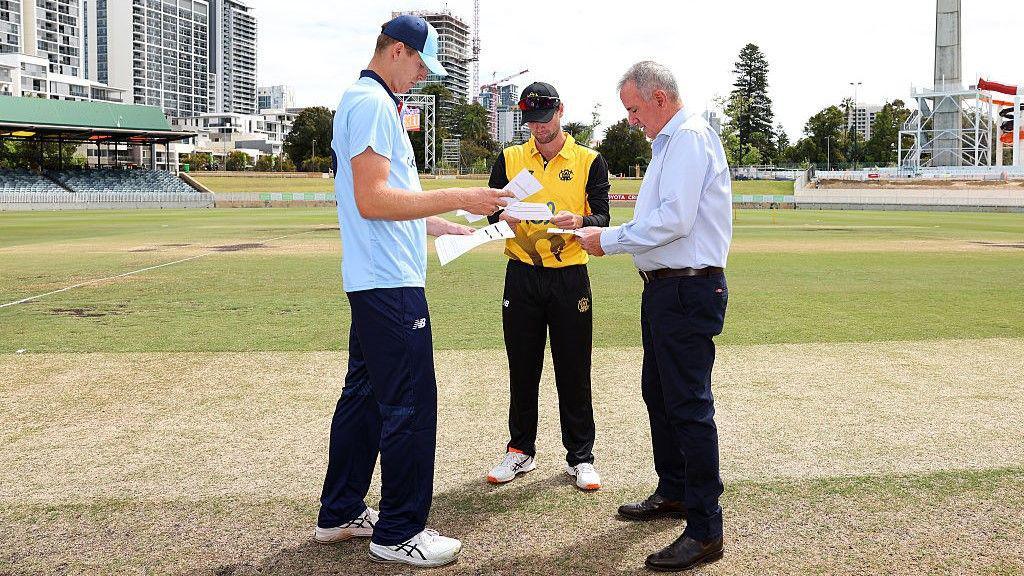 Getty Images
Getty ImagesEnglish statisticians Frank Duckworth and Tony Lewis devised the first iteration of the method formerly called Duckworth-Lewis.
The pair came together following criticism of a previous, controversial system used at the 1992 World Cup.
Following their retirements, Australian statistician Steven Stern became the method’s custodian. His involvement and adapted changes to the format led to its renaming as Duckworth-Lewis-Stern (DLS) in 2014.
This article is the latest from BBC Sport’s Ask Me Anything team.
What is Ask Me Anything?
Ask Me Anything is a service dedicated to answering your questions.
We want to reward your time by telling you things you do not know and reminding you of things you do.
The team will find out everything you need to know and be able to call upon a network of contacts including our experts and pundits.
We will be answering your questions from the heart of the BBC Sport newsroom, and going behind the scenes at some of the world’s biggest sporting events.
This question has been asked by David, Jack, Dave and Matthew.
Our coverage will span the BBC Sport website, app, social media and YouTube accounts, plus BBC TV and radio.


